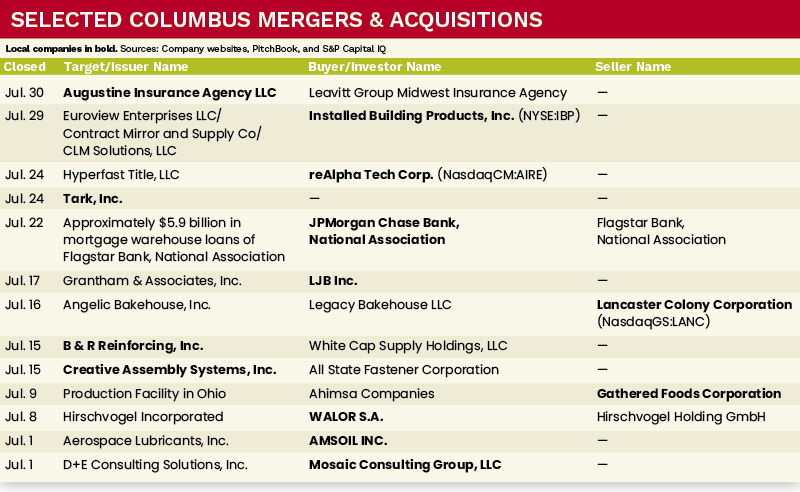
For many long-term owners of middle-market companies, selling a business can be a very stressful and emotional experience. To alleviate this stress, it’s always a good idea to hire a quality investment banker, who can provide expert guidance, reassure you through the process and get you across the goal line.
Often, these investment bankers suggest that the company engage an outside third party to conduct a sell-side quality of earnings (QoE) analysis. Such analysis offers insight into what drives value within a company and goes further past the audited financials by “normalizing” its earnings.
An often-overlooked analysis during this process is a tax diagnostic review (TDR), which seeks to identify the deal’s critical tax considerations. Like a QoE analysis, it is recommended that someone independent of the company’s historical tax filings conduct it, as they can approach the deal with a fresh look.
The main components of a TDR are as follows:
Preparing the Target for Sale
During this phase, the TDR provider analyzes the company’s history, identifies potential tax risk areas and, if necessary, develops a remediation plan. Common issues during this process include state and local tax issues, missed elections, inadequate information to support positions and excess deductions.
Developing the Tax Structure
Selling one’s business can take many forms. Knowing what’s being sold (i.e., retained, if applicable) and the tax ramifications therein, is critical to a successful exit. Common issues during this phase include stock vs. asset considerations, §338 elections, additional cost to sellers and retention of certain assets.
Creating Value in the Sale Process:
This is the most important part of a TDR analysis. Here, the TDR provider looks for opportunities within the deal structure that could increase the sellers’ net sale proceeds. Common examples include seller gross-ups for their additional costs, additional purchase price for tax-favorable deductions and tax assets delivered to buyers. Often, there is a lot of low-hanging fruit to be had here.
Like a QoE report, a TDR analysis can provide significant value to sellers as they seek to exit their businesses.
M&A Market Activity
U.S. deal volume decreased by 3.3 percent in the second quarter of 2024 when compared to the first quarter. Although there have been continuous drops in deal volume, total deal value witnessed a 13.4 percent increase when comparing the second quarter to the first quarter of 2024, suggesting a resilient M&A market while various factors have been impeding transactions in recent months.
Following suit, the Central Ohio M&A market deal volume decreased by 48 percent when compared to last month’s activity. Several noteworthy transactions were completed by strategic acquirers. Installed Building Products, reAlpha Tech Corp, and LJB Inc. all completed strategic acquisitions this past month.
Tom Freeman is a Senior Advisor with MelCap Partners, a middle-market investment banking advisory firm. For more information on MelCap Partners, please visit www.melcap.com or email tom@melcap.com.


